Structural Analysis of Domes 2
Geodesic dome, round and circular homes are the strongest, lightest and most efficient means of enclosing space known to man. They handle hurricane winds, extreme snow loads, and are the safest structure in an earthquake.
In domes, round, or circular homes, loads are distributed in a three dimensional direction, whereas traditional structures utilize only one or two load directions.
Think of how an egg with a very thin skin can resist a relatively high uniform load. The same is true of domes. They can resist a relatively large load with a very small amount of materials. This is why dome and circular homes are very efficient and economical structures.
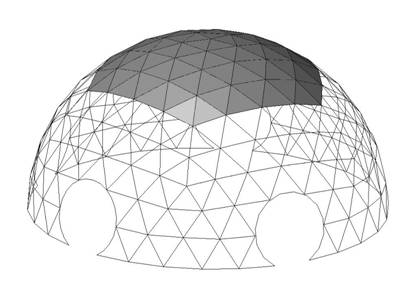
Structural analysis of domes, round and circular homes can be very easy using 3-D analysis such as RISA, STAAD or any other software.
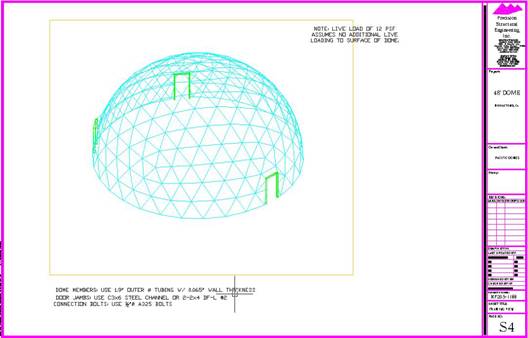
In designing domes, round and circular homes, the loads should include:
1. Self load/dead load.
2. Wind load applied to the surface of the dome. For most domes with light weight, wind load usually control over seismic loads. Applying wind load perpendicular to the surface of each element of the dome could be time consuming. We use Meca Wind to calculate the wind load according to the International Building Code, IBC, and then apply the wind load as the element load using RISA software.
3. Seismic forces.
4. Snow or live load.
Resisting the Uplift Forces for Domes, Round and Circular Homes
For permanent domes, the connection shown below is used successfully.
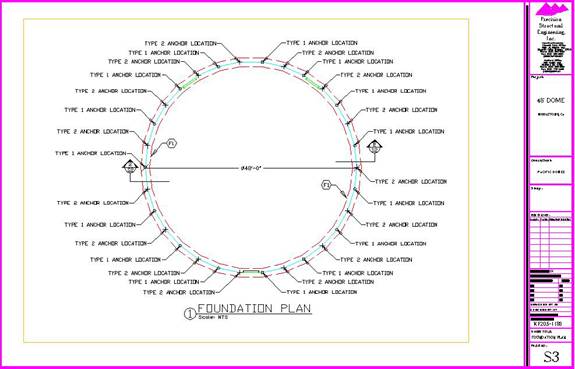
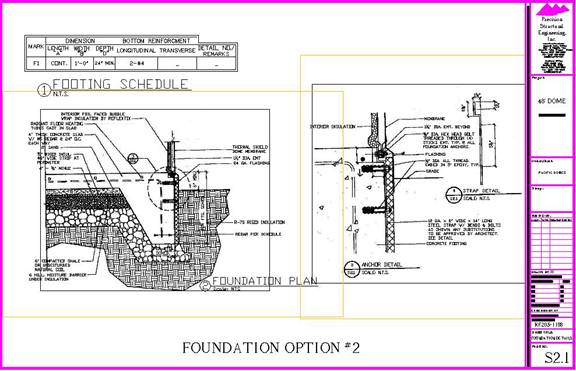
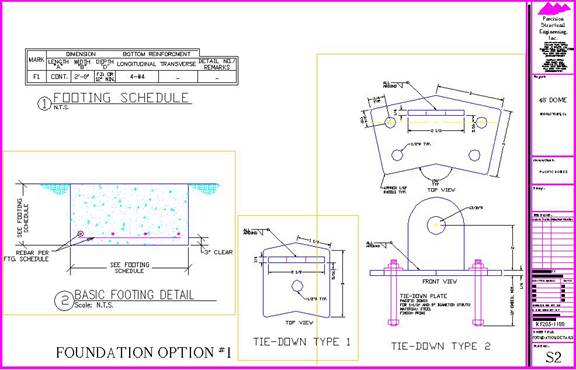
Steel event domes without a permanent foundation were challenging at the beginning. We learned from the people in the field, that the trick is using one of the following methods:
- Barrel filled with water at every other joint at the bottom of the dome.
- Concrete blocks at every other, or every third joint at the bottom of the dome
- Pins and stakes driven into the ground.


